Abnormalities in Rate and Rhythm of Breathing Normal
4.6 (360) In stock
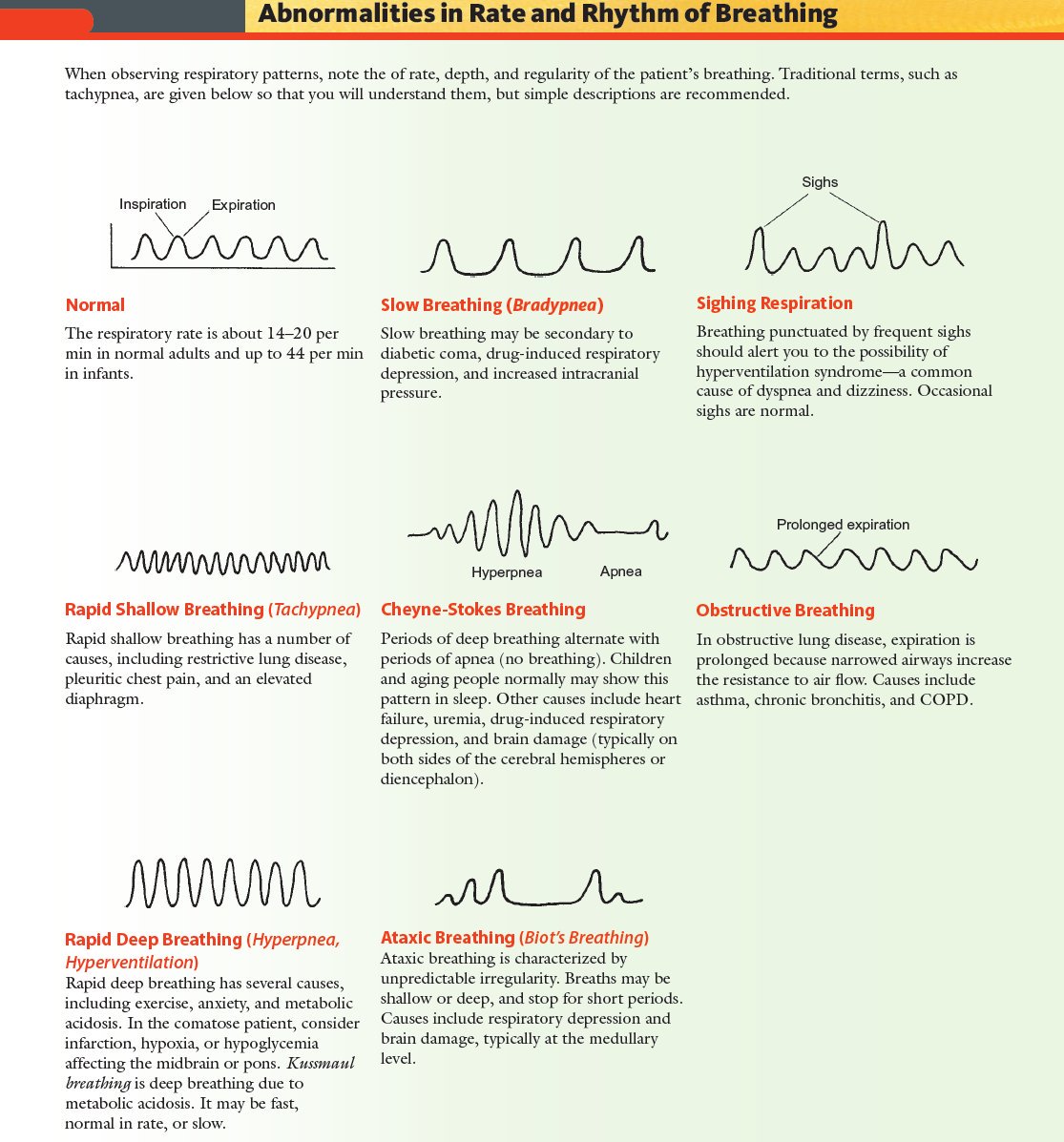
Abnormalities in Rate and Rhythm of Breathing Normal The respiratory rate is about 14—20 per min in normal adults and up to 44 per min in infants. Rapid Shallow Breathing (Tachypnea) Rapid shallow breathing has a number of causes, including restrictive lung disease, pleuritic chest pain, and an elevated diaphragm. Rapid Deep Breathing (Hyperpnea, Hyperventilation) Rapid deep breathing has several causes, including exercise, anxiety, and metabolic acidosis. In the comatose patient, consider infarction, hypoxia, or hypoglycemia affecting the midbrain or pons. Kussmaul breathing is deep breathing due to metabolic acidosis. It may be fast, normal or slow. Slow Breathing (Bradypnea) Slow breathing may be secondary to diabetic coma, drug-induced respiratory depression, and increased intracranial pressure. Cheyne-Stokes Breathing Periods of deep breathing alternate with periods of apnea (no breathing). Children and aging people normally may show this pattern in sleep. Other causes include heart failure, uremia, drug-induced respiratory depression, and brain damage (typically on both sides of the cerebral hemispheres or diencephalon). Ataxic Breathing (Blot's Breathing) Ataxic breathing is characterized by unpredictable irregularity. Breaths may be shallow or deep, and stop for short periods Causes include respiratory depression and brain damage, typically at the medullary level. Sighing Respiration Breathing punctuated by frequent sighs should alert you to the visibility of hyperventilation syndrome—a common cause of dyspnea and dizziness. Occasional sighs are normal. Obstructive Breathing In lung disease, expiration is prolonged because narrowed airways increase the resistance to air flow. Causes include asthma, chronic bronchitis, and COPD. #Breathing #Patterns #Pulmonary #Abnormalities #Abnormal #Diagnosis #PhysicalExam

Characteristics of normal breath sounds
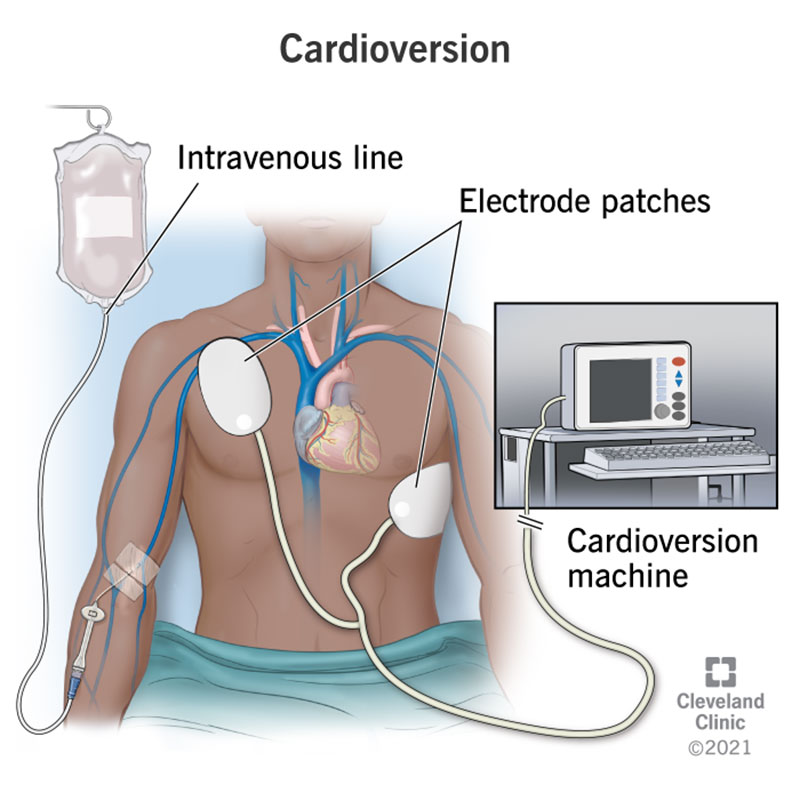
Cardioversion: Procedure, Treatment & Recovery

Respiratory sinus arrhythmia (RSA). The heart rate increases
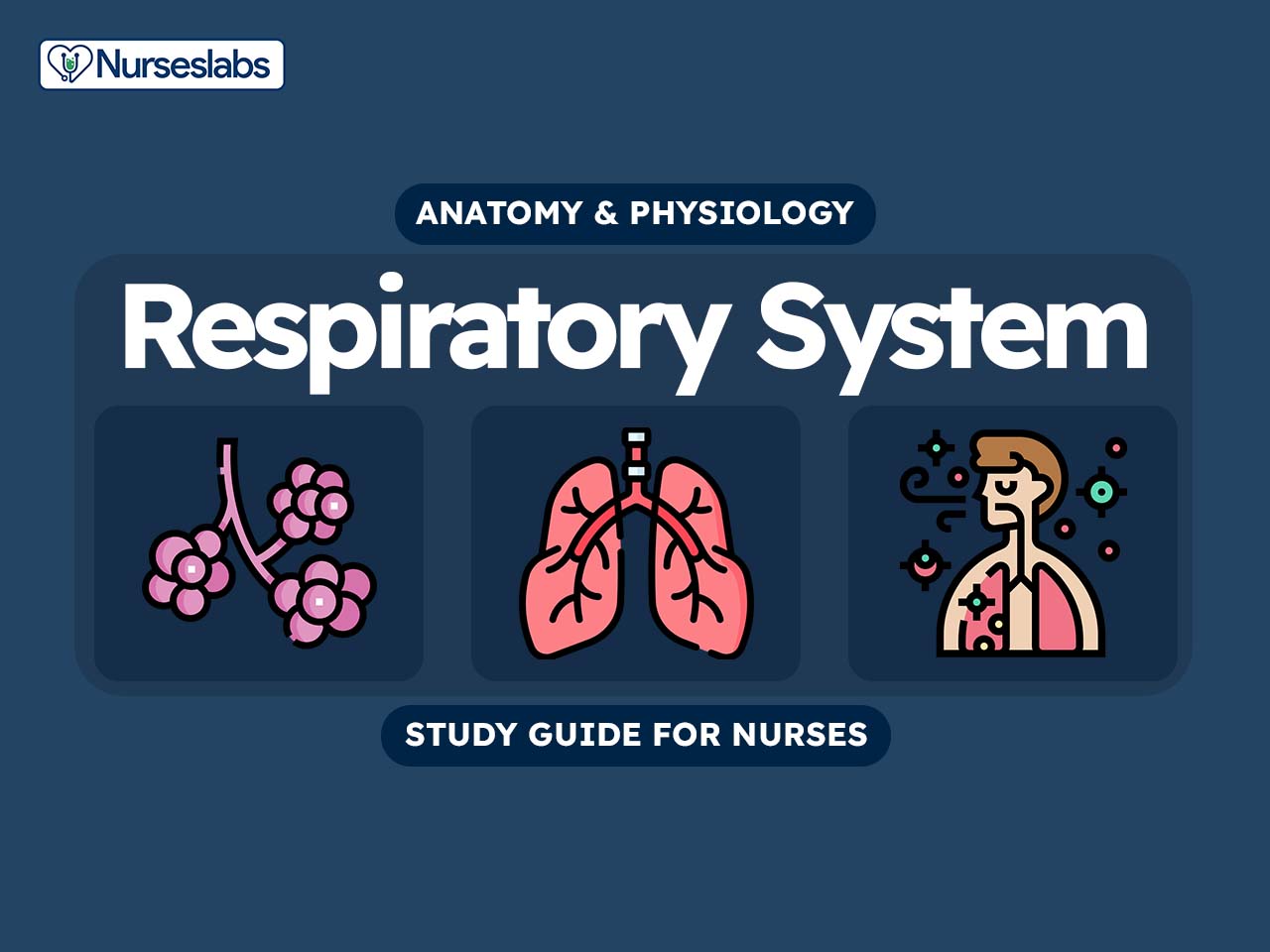
Respiratory System Anatomy and Physiology - Nurseslabs
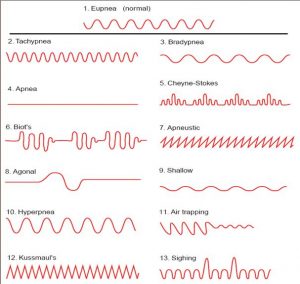
respiratory physiotherapy, patterns of respiration, abnormal breathing
:max_bytes(150000):strip_icc()/GettyImages-139820244-56a471823df78cf772826b4f.jpg)
Normal Sinus Rhythm

Assessing Respiration: Fundamentals of Nursing Practice, Rle
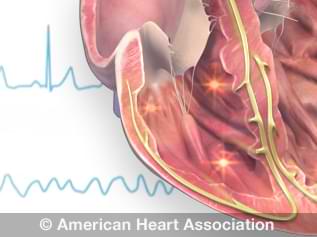
Types of Arrhythmia in Children
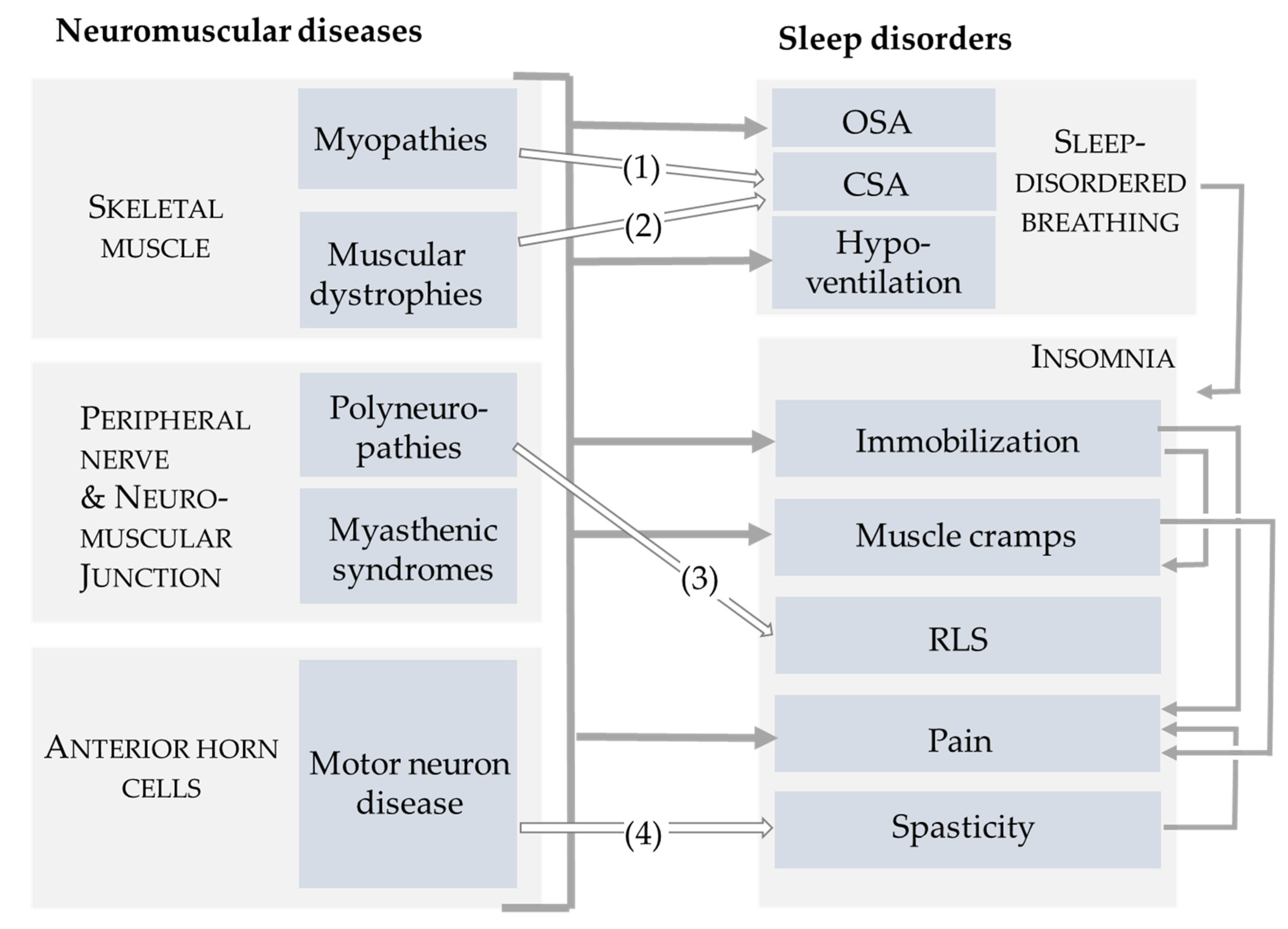
CTN, Free Full-Text
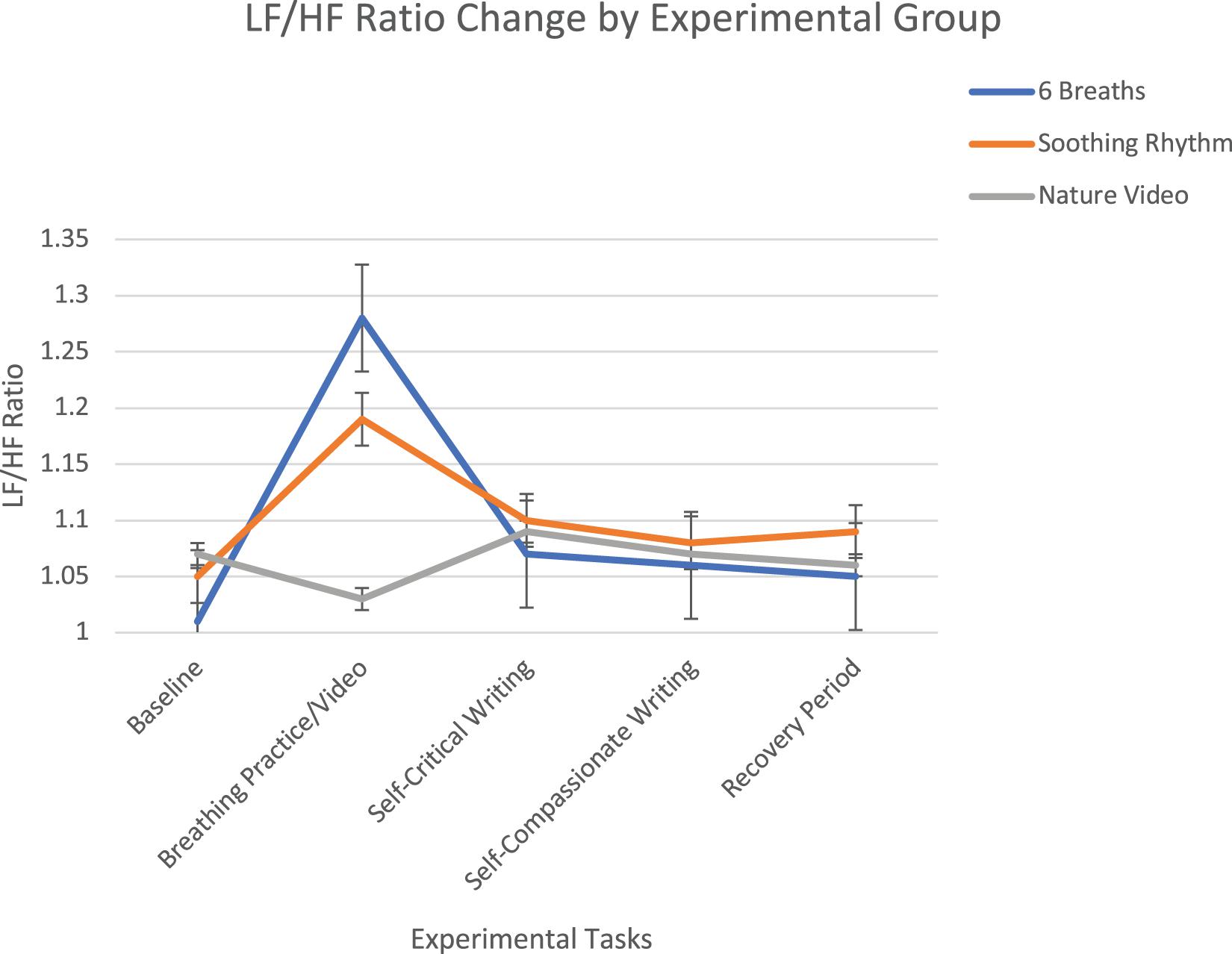
Frontiers Integrating Breathing Techniques Into Psychotherapy to

Respiratory rate 3: how to take an accurate measurement
Breathing Patterns in Preterm and Term Infants Immediately After Birth
Pathological breathing / Abnormal breathing patterns : Kussmaul, Cheyne stokes, Biot's, Cluster
Baby Breathing Patterns: What Is Normal And When To Worry
Dysfunctional breathing - What is it and How can I manage it?
 MEDBUDDY™ Butterfly Hinge for Small Cabinet Door,Small Box Metal
MEDBUDDY™ Butterfly Hinge for Small Cabinet Door,Small Box Metal Women’s TriDri® performance leggings with pockets
Women’s TriDri® performance leggings with pockets Feminine Care Products
Feminine Care Products Samanta Eteri Soft Full Cup Side Support Bra Anthracite
Samanta Eteri Soft Full Cup Side Support Bra Anthracite Oysho Modal Comfort Bra Soft Lace Non-Wired Non-Padded Brand New – Worsley_wear
Oysho Modal Comfort Bra Soft Lace Non-Wired Non-Padded Brand New – Worsley_wear Leather Armor - Leather Armor? How To Care Of It! – Calimacil
Leather Armor - Leather Armor? How To Care Of It! – Calimacil